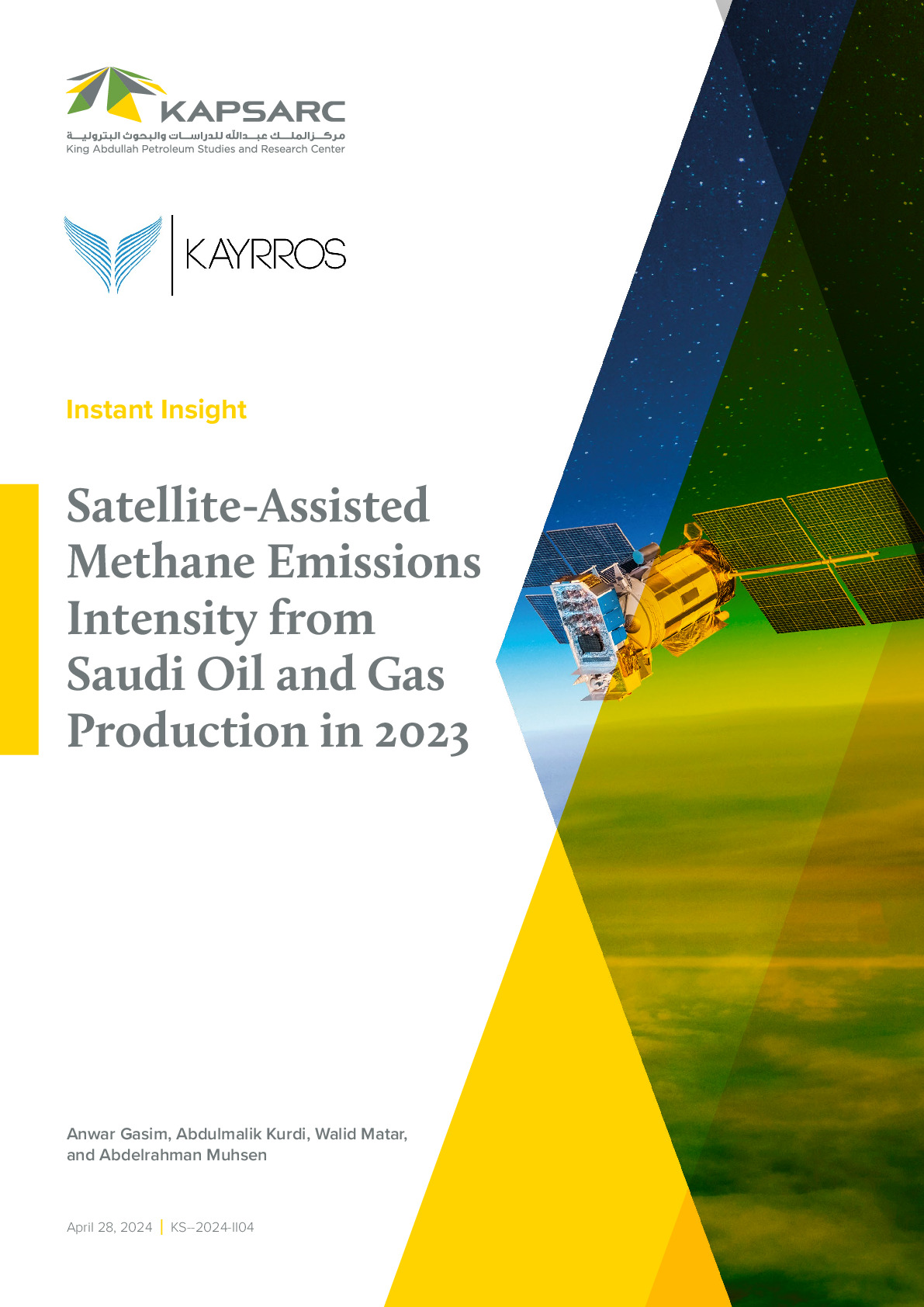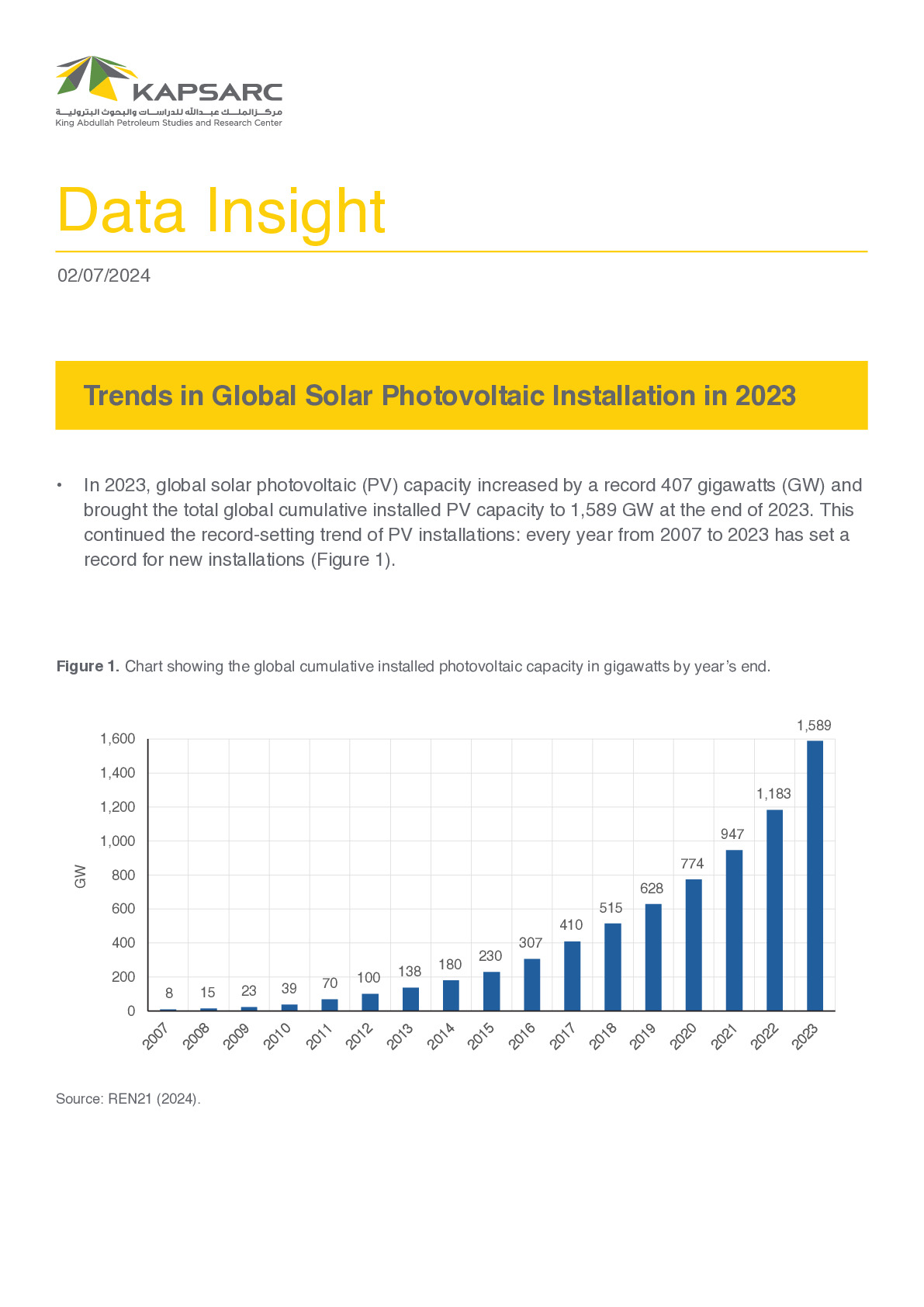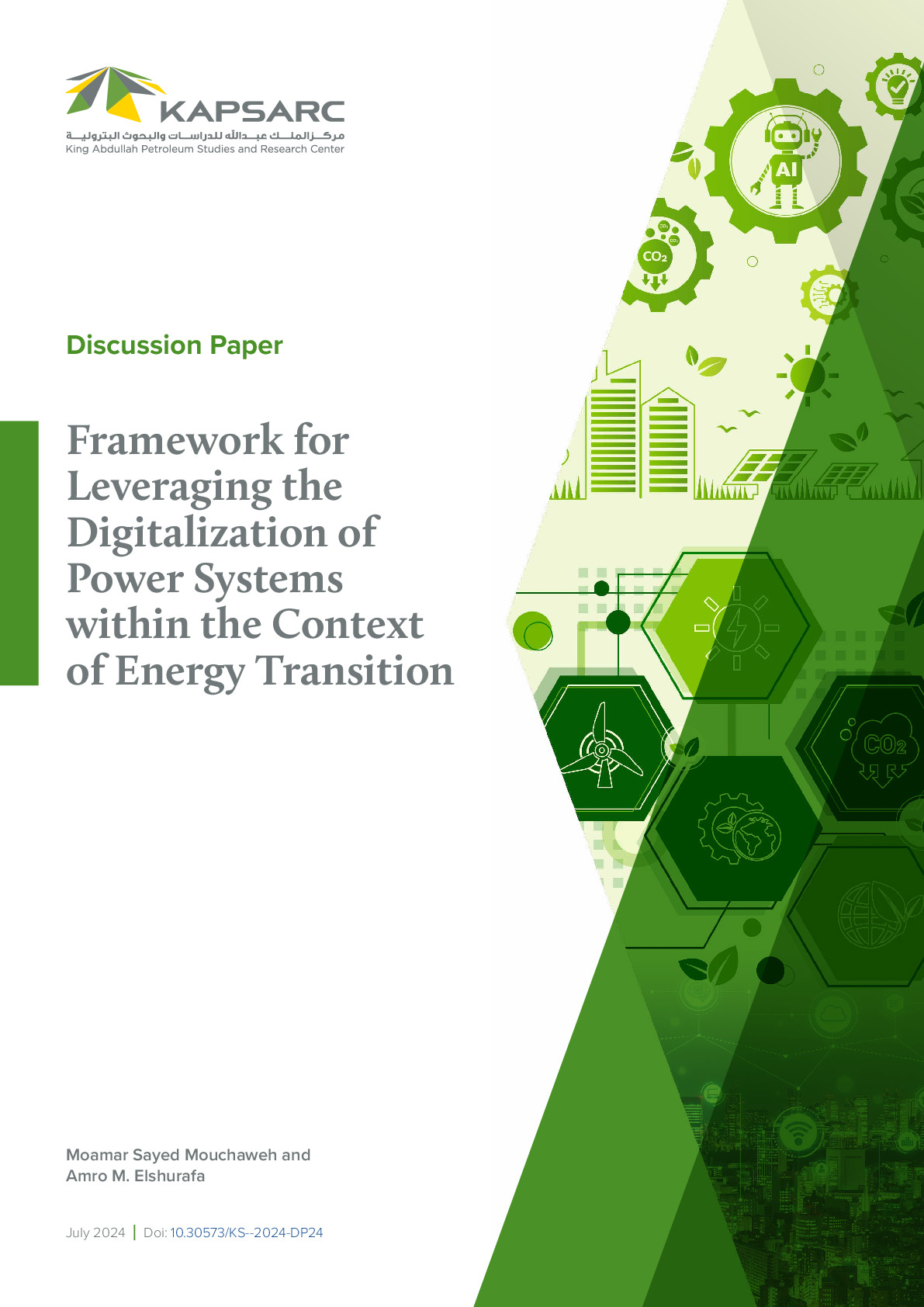The purpose of this study is to assess policy-relevant effects of incorporating a more proper representation of electricity transmission in multi-sector national policy models. This goal is achieved by employing the KAPSARC Energy Model (KEM), which is the first publicly available large-scale energy policy model for Saudi Arabia. Past studies using KEM have examined industrial pricing policy, residential energy efficiency, the prospects of power generation technologies and residential electricity pricing. These studies have shown that under certain fuel pricing scenarios, significant renewable energy capacity is deployed.

Research Fellow
Walid works on modeling energy systems. He is developing or has developed the following components of the KAPSARC Energy Model…
Walid works on modeling energy systems. He is developing or has developed the following components of the KAPSARC Energy Model (KEM): electric power generation, oil refining, petrochemicals and fertilizers, cement production, and iron and steel. He is also working on a bottom-up residential electricity use framework that merges microeconomics with the physical laws governing electricity use.
Expertise
- Energy Systems Modeling
- Optimization
- Electricity Prices
- Energy Efficiency and the Interdisciplinary Connection Between Energy Economics and Engineering
Publications See all Walid Matar’s publications
Energy Policy Pathways to Inform Climate Policy in Saudi Arabia
The purpose of this study is to assess policy-relevant effects of incorporating a more proper…
1st May 2024
Satellite-Assisted Methane Emissions Intensity from Saudi Oil and Gas Production in 2023
The purpose of this study is to assess policy-relevant effects of incorporating a more proper…
28th April 2024



